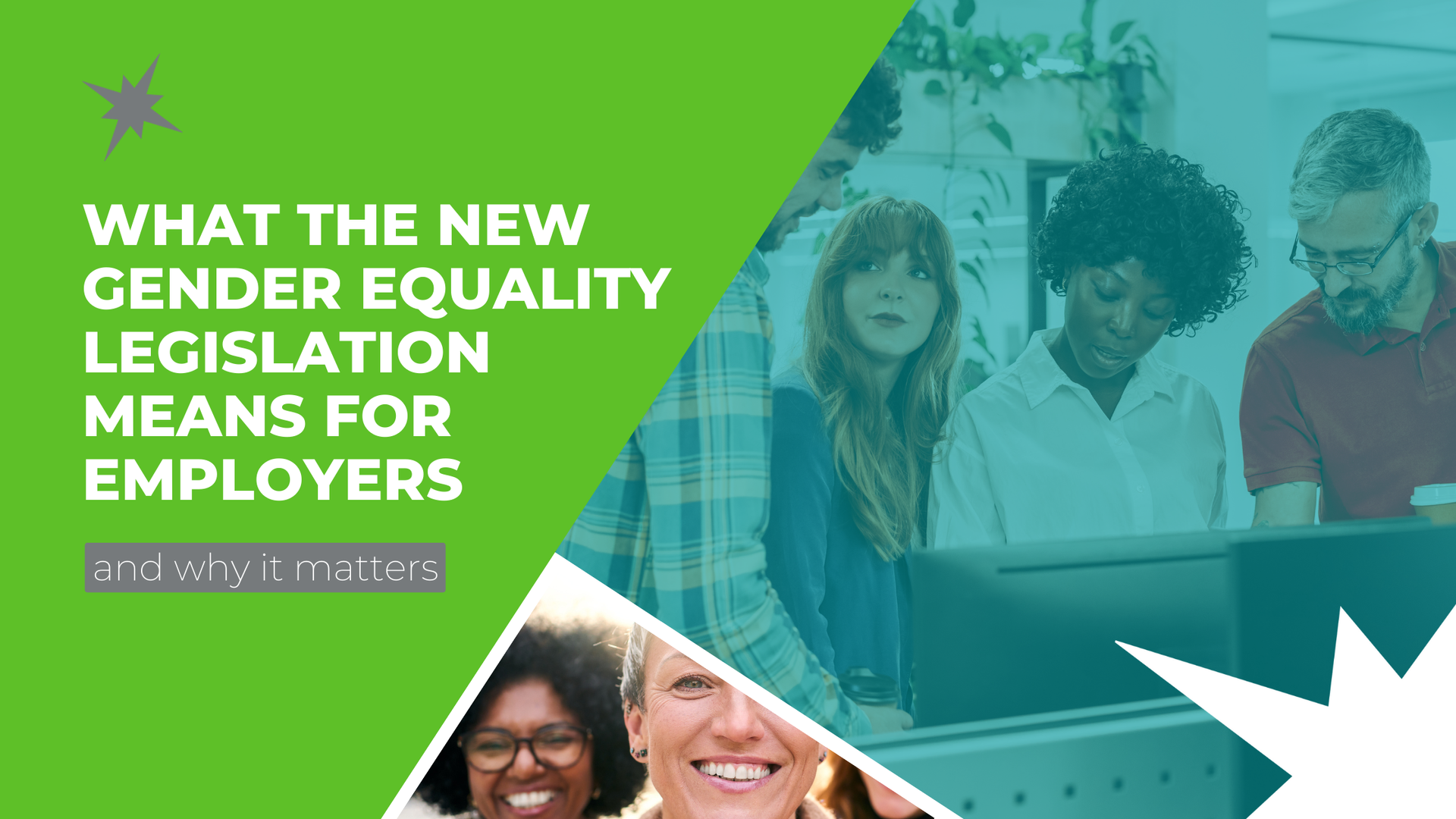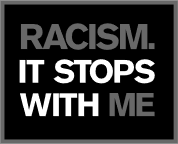Digital
The surge of new technology has significantly driven disruption across all industries in Australia. Increasingly, organisations are boosting their online footprint and establishing Digital strategies that will shape their future success. Because of this, Digital professionals are in demand more than ever before.
Enterprise IT Resources is at the forefront of providing the best Digital recruiting solutions, spanning a wide variety of industries and career levels. Our extensive range of sourcing tools, coupled with a database of the country’s most talented Digital professionals, will help fill any talent shortages in your business. Most importantly, all of our Digital recruitment specialists have a deep understanding of the sector and its dynamic nature. By partnering with us, you can take advantage of our industry experience to keep ahead of the market.
Our candidates benefit from the team’s proven track record of connecting top Tech talent with some of the best Digital jobs that Australia has to offer. Catering to every stage of your career, we’re always here to offer advice on your application and market/salary insights, as well as assist with identifying Digital roles that suit your skills and career goals.
Whether you’re after job opportunities or high-calibre talent across UX/UI, Customer Experience, Insights and Analytics or Applications, we are well positioned to help. As an expert Tech recruitment agency, the permanent and contract Digital jobs we specialise in include:
- UX Designers
- Insights and Analytics
- Heads of Digital Strategy
- Product Managers
- UI Designers
- Mobile Apps – iOS/Android
- Customer Experience professionals
- UX Designers
- Insights and Analytics
- Heads of Digital Strategy
- Product Managers
- UI Designers
- Mobile Apps – iOS/Android
- Customer Experience professionals
For all your Digital hiring needs or to find out about the best Digital jobs available, get in touch with our team today.
Latest Jobs
Recent Blogs


All content copyrighted Enterprise IT Resources © All rights reserved | Privacy Policy | Collection Statement | Powered with 💚 by Shazamme





